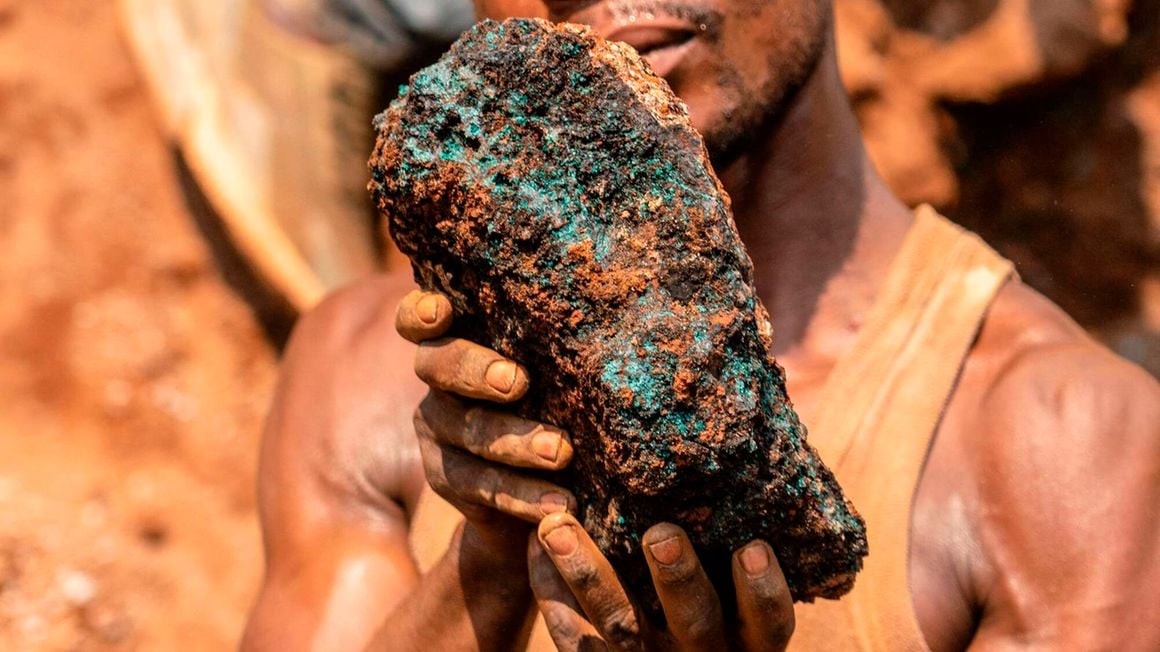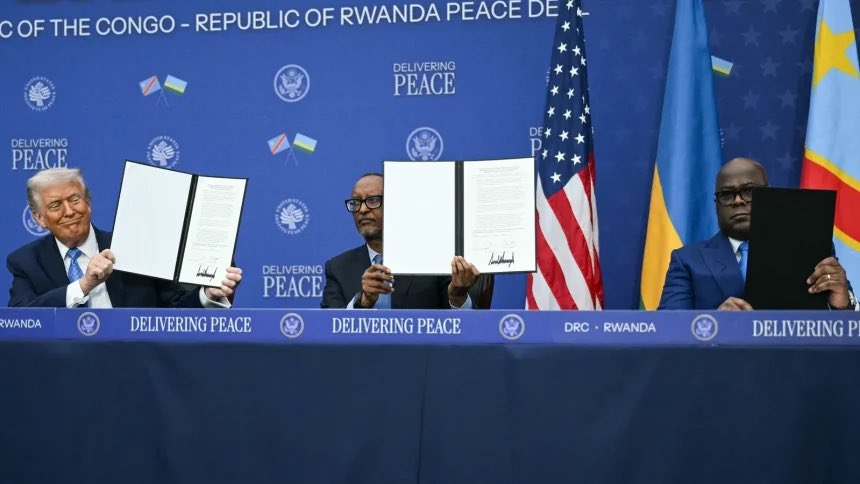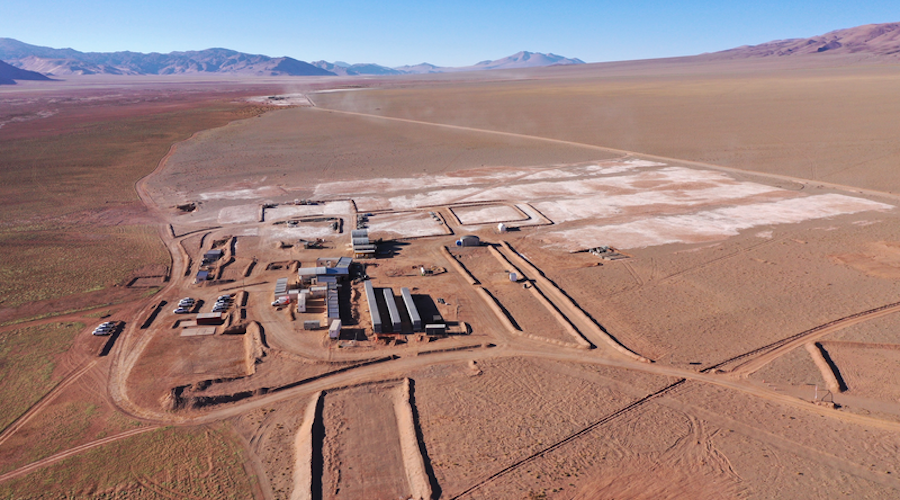Mines need a multidisciplinary approach to water stewardship
Image credit: ostariyanov@123rf.com
With water being a scarce commodity in South Africa, all industries must look at how to conserve and optimally use this resource. This is especially true in the mining sector where water stewardship has become a hot-button topic that has proven challenging to put into practice writes Peter Wille, Water Treatment Team Lead at Golder Africa and a member of WSP Africa.
Water stewardship is not a well-known term; according to the United Nations Industrial Development Organisation (UNIDO) it has been simply defined as, “the use of water in a socially equitable manner, that is environmentally sustainable and economically beneficial”.
According to the South African Department of Water and Sanitation, “the current situation of widespread national water deficits creates an untenable scenario that requires all sectors (domestic, industry, agriculture, and mining) to be efficient and effective in the use of water. It is thus essential to improve the current level of water use efficiency and to implement Water Conservation and Water Demand Management (WC/WDM) measures as a vital aspect of norms and codes of good practice in water management by all sectors”.
While mining CEOs have taken this to heart and want to apply water stewardship across the operations of their companies, with some even setting big targets to reduce freshwater abstraction by up to 50% in water-scarce regions, this is easier said than done.
Focused planning
Several initiatives, driven mostly by the International Council on Mining and Metals (ICMM), such as the raw water savings targets, have been designed to focus on understanding the fundamentals of water. For instance, what makes clean water, what is dirty water, and where the water usage is highest.
At the core of these is the need to have a proper inside-out monitoring programme in place. This must be capable of drawing data and highlighting the engineering of the right solutions to accomplish these goals. Solutions such as the building of new pumps and dams or improving targeted water treatment for re-use in the optimal application.
As water stewardship is a complex topic there is no singular way to accomplish it. Instead, it requires a multi-disciplinary approach where time, effort, resources, and significant leadership are greatly needed. It begins by understanding the unique context of the mine and building awareness to help engage with stakeholders.
Following there, the mining company must develop partnerships that can creatively deliver large-scale water solutions. By working with local communities these partnerships can be achieved, as well as more realistic targets set to benefit business, communities and the environment.
The cycle of water
Much of the process of effective water stewardship links to the lifecycle of water within the mine. The development of any mine is dependent on having access to water resources. Part of this is permitting extraction and discharges from the facility into the surrounding environment.
Of course, water has an intrinsic value to it, and every person has the right to access clean water as well. This is where catchment studies come into play, by looking at the broader picture of society, water needs, and water access. Innovative solutions around water stewardship therefore must focus on reducing water loss by reducing evaporation, maximising re-use and recycling and extending the lifecycle of mine water. These solutions require environmental planning.
Other innovative solutions include building treatment plants. Unfortunately, active treatment plans are expensive and energy-intensive, giving rise to other concerns. This has seen preference given to passive and semi-passive treatments, as these reduce the load discharged into the rivers. Passive and semi-passive treatments are defined as treatments that use no or few chemicals and mechanical equipment, making the process more economical and less environmentally harmful.
The use of passive or semi-passive treatments, particularly for mine closing, fits well with the lifecycle of mine water approach to water stewardship as it allows water to become a functional resource in another sector.
Alternative measures for water stewardship at mines
Beyond this, it becomes critical to ensure that treated water is used more beneficially. This requires the involvement of the community to explore likely options such as agriculture, phytoremediation and agroforestry, for example.
From our archives:
Coca-Cola Africa partners with African Utility Week and POWERGEN Africa to rethink corporate water stewardship
One of the more effective ways of thinking differently about water stewardship is moving from short-term strategies to longer-term ones. This change in thinking to long-term strategies includes not only the short-term deadlines and day-to-day operational constraints, but also the end of life and closure of the mine.
In long-term planning, the quick identification of closure implications of the mine allows for the implemented water strategies and management during the operational period to be adapted accordingly. This response may help the mine achieve their goals of water stewardship during operations but also minimise post-closure cost and liabilities which may outweigh the operational adaption cost.
While no change in strategy may be easy to achieve and undertake, if mines are serious about water stewardship, they need this long-term perspective as the design-life and ongoing needs of other water users may well exceed the life of the mine.
By Peter Wille, Water Treatment Team Lead at Golder Africa and a member of WSP Africa.
Enlit Africa (the unifying brand for African Utility Week and POWERGEN Africa) invites you to join the conversation 7-9 June 2022 in Cape Town, South Africa.
Share this content:














